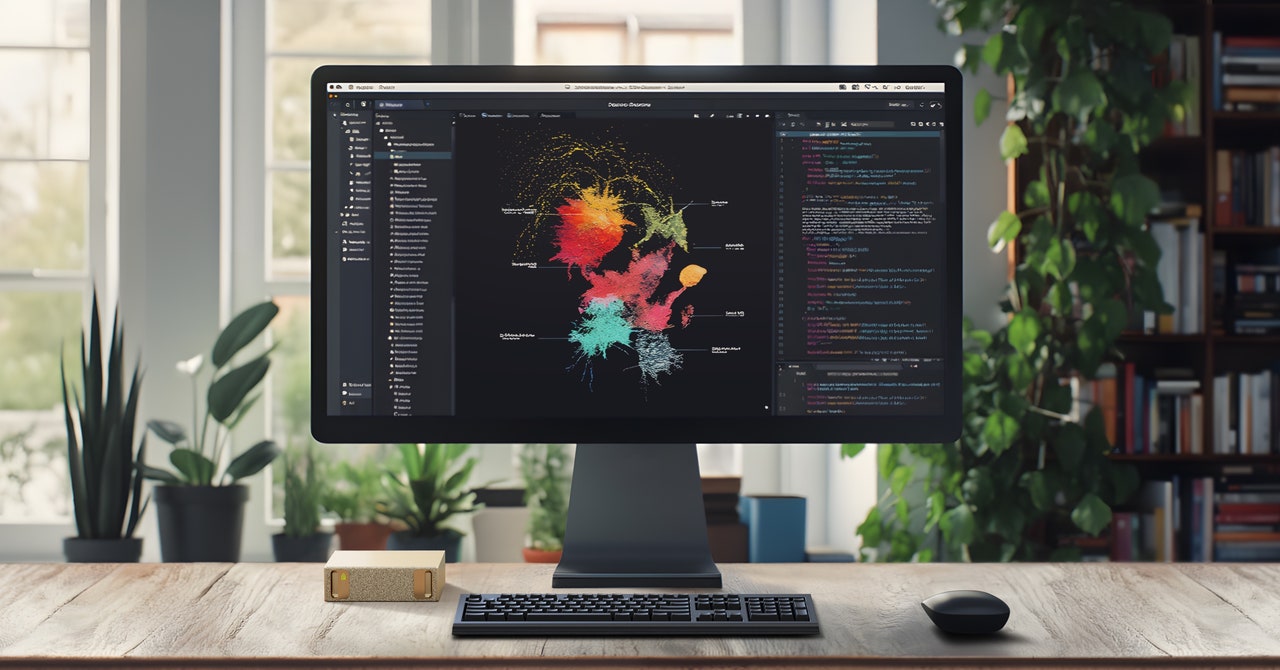Nvidia unveils a new AI system for humans, industrial robots, and self-driving cars: From Llama to Cosmos
It will be the most powerful consumer computing hardware available when it is released. It already sells a range of chipsets for AI development known as Jetson that start at roughly $250. These can run smaller AI models and either be used like a mini desktop computer or installed on a robot to test different AI programs.
The keynote speech today at the annual conference for the computer industry held in Las Vegas revealed a new system from Jensen Huang, who is the founder and CEO of Nvidia.
“Placing an AI supercomputer on the desks of every data scientist, AI researcher and student empowers them to engage and shape the age of AI,” Huang said in a statement released ahead of his keynote.
Nvidia says the Digits machine, which stands for “deep learning gpu intelligence training system,” will be able to run a single large language model with up to 200 billion parameters, a rough measure of a model’s complexity and size. To do this today, you would need to hire a cloud provider or build a custom system with some chips designed for running artificial intelligence. If two Digits machines are connected using a proprietary high-speed interconnect link, Nvidia says they will be able to run the most capable version available of Meta’s open source Llama model, which has 405 billion parameters.
A number of companies are using the company’s technology, including a humanoid robot startup, and self-driving car companies.
Nvidia also announced software designed to help different kinds of robots learn to perform new tasks more efficiently. The new feature will allow robot builders to take small examples of a desired task, like grasping an object, and use synthetic training data to train their robot.
Nvidia announced today it’s releasing a family of foundational AI models called Cosmos that can be used to train humanoids, industrial robots, and self-driving cars. While language models learn how to generate text by training on copious amounts of books, articles, and social media posts, Cosmos is designed to generate images and 3D models of the physical world.
